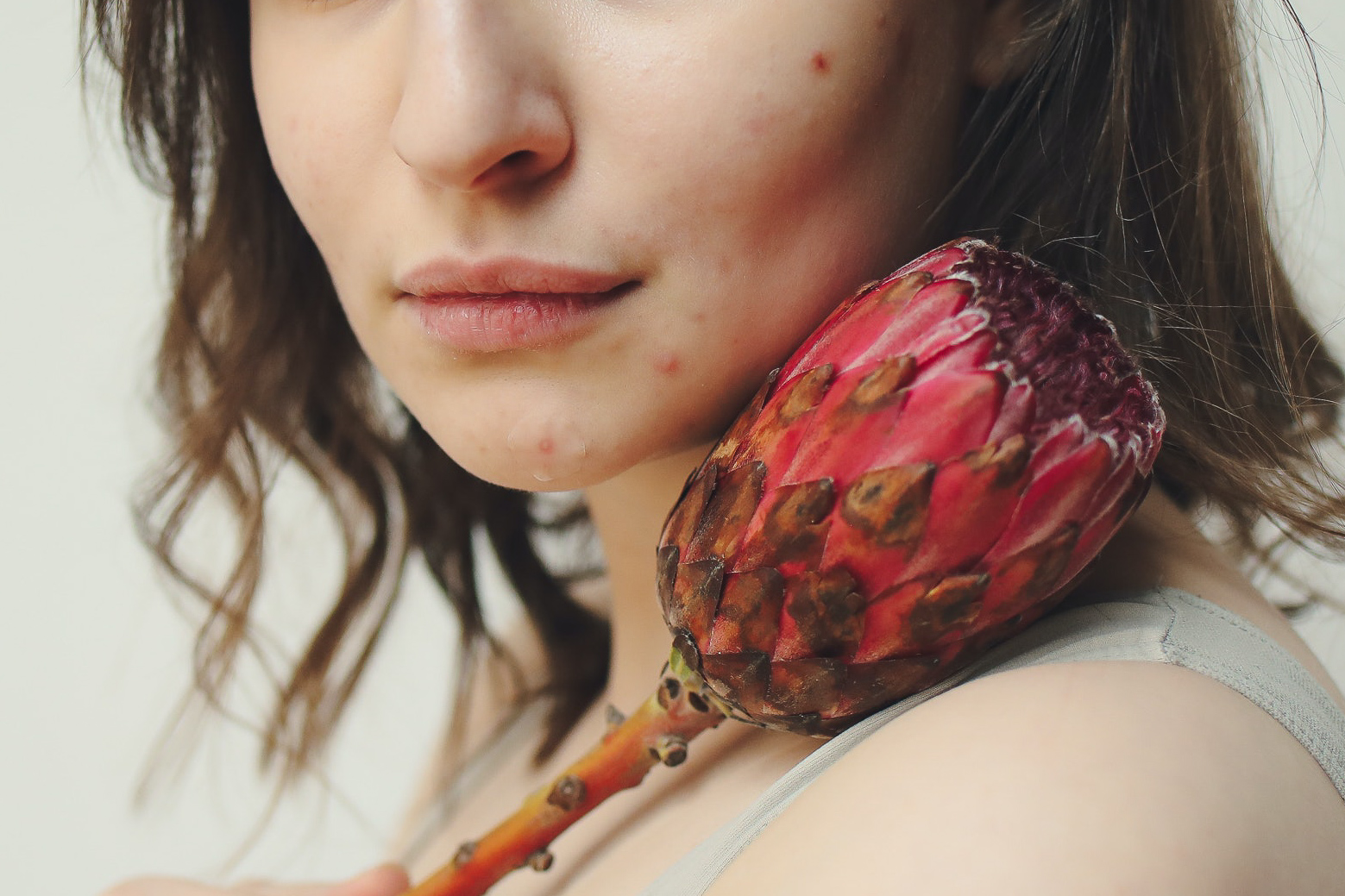
Testosterone is usually discussed in connection with men. But women need it too – not only for libido, but also for energy, muscle strength, confidence, and overall vitality. In the female body, testosterone is produced mainly in the ovaries and adrenal glands. Although we have less of it than men, its role is essential. Yet, we rarely talk about it – and that’s exactly why we’re focusing on it today.
Testosterone through a woman’s life
Testosterone levels in women naturally change throughout life – from almost zero in childhood, peaking in early adulthood, then gradually declining with age. These changes aren’t just numbers in a lab chart – they directly affect energy, mood, muscles, and sexuality. Understanding them means understanding your body and its signals more deeply.
- Childhood – testosterone levels are minimal
- Puberty (11–13 years) – levels begin to rise alongside estrogen, contributing to muscle growth and body hair
- Peak (20–25 years) – testosterone reaches its highest point
- After 30 – gradual decline, about 1% per year
- Menopause and beyond – testosterone is significantly lower but never drops to zero (unlike estrogen)
Testosterone during the menstrual cycle
Besides age, cyclical changes play a major role. A woman’s testosterone follows not only a lifelong curve but also monthly waves. That’s why we may feel different at the start of the cycle versus around ovulation – and many women notice that during ovulation, they have more energy, confidence, and desire for intimacy.
- Menstruation (Days 1–5) – testosterone levels are low
- Follicular phase (Days 6–12) – gradual rise
- Ovulation (Days 13–15) – peak testosterone, often linked with higher libido, energy, and confidence
- Luteal phase (Days 16–28) – levels drop again, remaining low toward the end of the cycle
What happens when testosterone is low?
Low testosterone in women isn’t just a laboratory issue – it shows up in everyday life. Fatigue, lower motivation, or slower recovery after exercise can all share a common hormonal cause. When testosterone is out of balance, the body loses part of its natural vitality and inner strength.
- chronic fatigue and low vitality,
- reduced libido,
- loss of muscle mass and weaker bones,
- mood swings, depression, or anxiety,
- slower recovery after physical exertion.
How to recognize low testosterone
Low testosterone can show up subtly – and many women mistake it for stress, tiredness, or “normal” aging. Yet these are often clear signs of hormonal imbalance.
Possible symptoms:
- chronic fatigue, weakness, low vitality,
- loss of libido and less joy in intimacy,
- loss of muscle mass and bone density,
- mood changes, irritability, depression, anxiety,
- slower recovery after physical effort,
- dry skin or brittle hair.
How to naturally support testosterone
The good news: there are simple, natural ways to support healthy testosterone levels in women – without reaching for medication right away.
- Strength and movement: regular strength training (even bodyweight exercises) helps boost testosterone and maintain muscle mass.
- Quality sleep: lack of sleep lowers testosterone production in both men and women.
- Balanced nutrition: ensure enough protein, healthy fats (olive oil, avocado, nuts), and micronutrients (zinc, vitamin D).
- Stress reduction: chronically high cortisol suppresses sex hormone production. Try yoga, breathing techniques, or mindfulness.
- Healthy weight: both obesity and extremely low body fat can disrupt testosterone balance.

Author of the article
 Ilona Bittnerová
Ilona Bittnerová
A pioneer of modern menstrual health, who introduced menstrual cups to the Czech Republic in 2006. Today, she connects women’s health with the world of e-commerce, sustainability, and education. Mother of Helenka and Zoran, passionate traveler, and cat lover (with one devoted dog).


